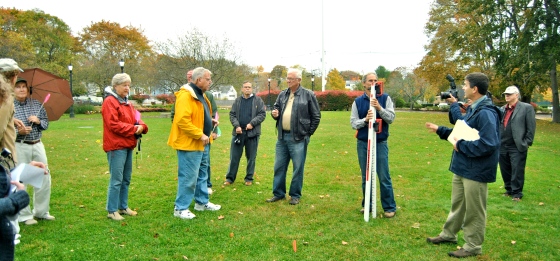Chapter 3 from our report summarizing the lessons we learned on the Great American Adaptation Road Trip. We partnered with the Georgetown University Climate Center to get this to you. Chapter 4 coming soon.
Take-home lesson #3: Climate science is more likely to be used when it is at the appropriate geographic and temporal scale for local decision-makers.
A common barrier to building local climate preparedness is that scientific information about climate change, produced by researchers around the world and summarized by groups such as the Intergovernmental Panel on Climate Change, tends to span large geographic scales, typically global or continental, as well as long timeframes. Temperature and sea-level rise projections are often presented for the year 2100 and sometimes 2050 at the global and national levels, and communities have difficulty interpreting how broad-scale information relates to their local risks. Communities need ways to facilitate action at their local scale and on shorter planning horizons, or even briefer electoral timeframes.

